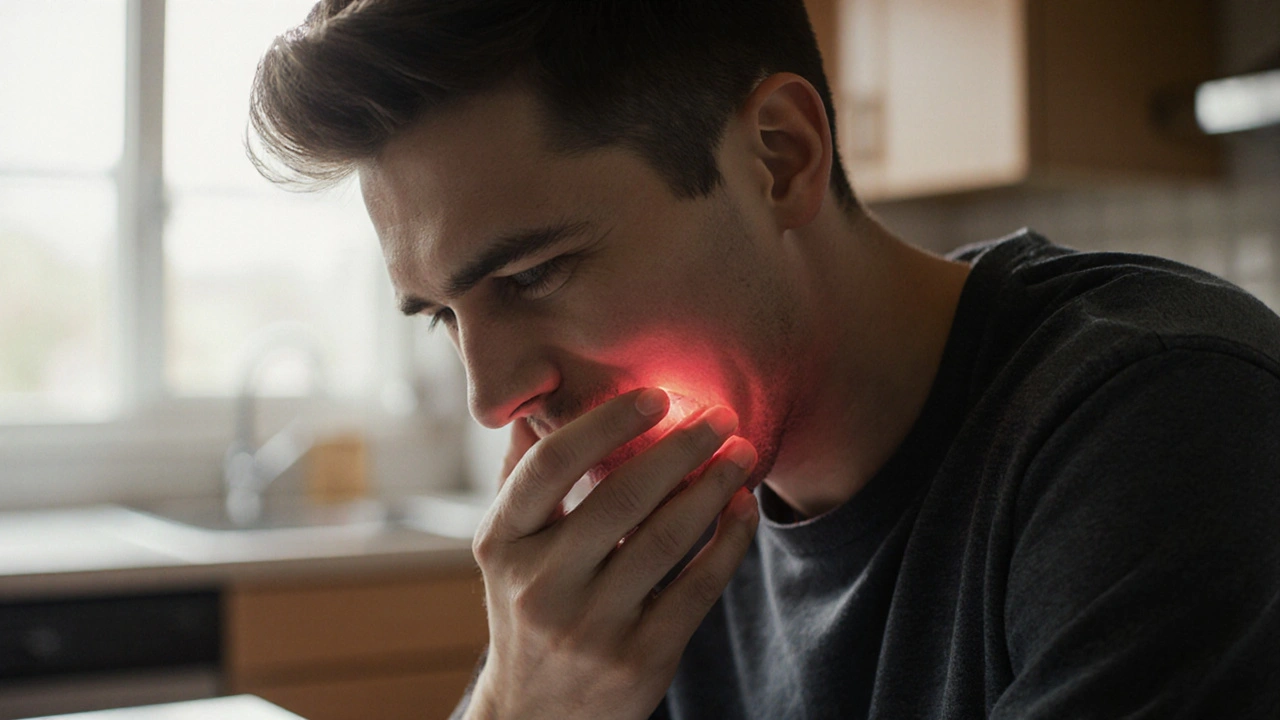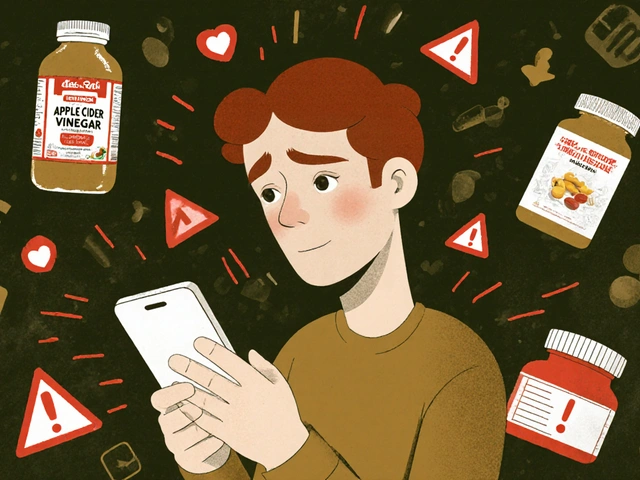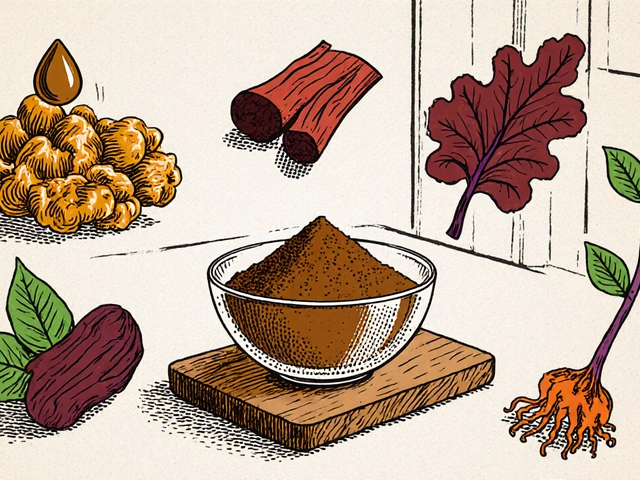Early Oral Cancer Detection
When talking about early oral cancer detection, the practice of finding mouth‑cancer signs before they spread. Also known as early detection of oral cancer, it saves lives by letting doctors treat smaller lesions. Oral cancer, a malignant disease affecting the lips, tongue, gums and other mouth tissues often hides behind harmless‑looking sores, so spotting it early is crucial.
Screening is the backbone of early detection. A quick visual exam, sometimes paired with a light‑based tool, can reveal abnormal tissue. Screening methods, visual inspection, toluidine blue staining, brush biopsy, and adjunctive device use each have strengths: visual checks are fast, while brush biopsies collect cells for lab analysis without surgery. Knowing which method fits your situation helps you and your dentist catch trouble fast.
Risk Factors that Drive the Need for Screening
Understanding what fuels oral cancer tells you why screening matters. Tobacco use, cigarettes, cigars, pipe smoking, and smokeless tobacco remains the top cause, accounting for up to 85% of cases. Even occasional vaping adds risk because chemicals irritate mouth lining. Another huge player is HPV infection, human papillomavirus strains that infect the oropharynx, especially type 16. HPV‑related cancers often appear in younger, non‑smokers, making age‑based assumptions dangerous.
Alcohol consumption amplifies tobacco’s impact, creating a perfect storm for cells to transform. Poor nutrition, chronic irritations from ill‑fitting dentures, and a weakened immune system also raise odds. When any of these factors stack up, the chance of developing a lesion jumps, and the window for early detection shrinks. That’s why dentists ask about habits and lifestyle during routine visits.
Early detection isn’t just about catching a tumor; it shapes the treatment path. Small, localized lesions can be removed with simple surgery or even laser therapy, preserving speech and chewing function. Larger, invasive cancers may need radiation, chemotherapy, or extensive reconstruction, which carries higher morbidity. By finding disease at Stage I or II, patients often avoid aggressive protocols and enjoy better survival rates.
So, what can you do right now? Schedule a dental check‑up at least once a year, and be upfront about smoking, drinking, or any mouth pain that lasts more than two weeks. If you notice a white or red patch, a lump, or persistent sore, ask your dentist to perform a focused exam or a brush biopsy. For high‑risk individuals—like long‑time smokers or those with known HPV exposure—more frequent visits or adjunctive screening tools may be recommended.
Below you’ll find a curated set of articles that dive deeper into each of these topics: from how specific screening technologies work, to lifestyle changes that lower risk, and real‑world stories of early detection success. Use them as a roadmap to stay ahead of oral cancer and protect your smile.

- Oct 12, 2025
- Posted by Cillian Osterfield
Toothaches and Oral Cancer: Recognizing the Warning Signs
Learn how to tell a regular toothache from early oral cancer signs, know the risk factors, and discover steps for prompt detection and care.
Categories
- Health and Wellness (61)
- Medications (46)
- Health and Medicine (23)
- Pharmacy Services (11)
- Mental Health (5)
- Health and Career (2)
- Medical Research (2)
- Business and Finance (2)
- Health Information (2)
Latest Posts
©2025 heydoctor.su. All rights reserved





